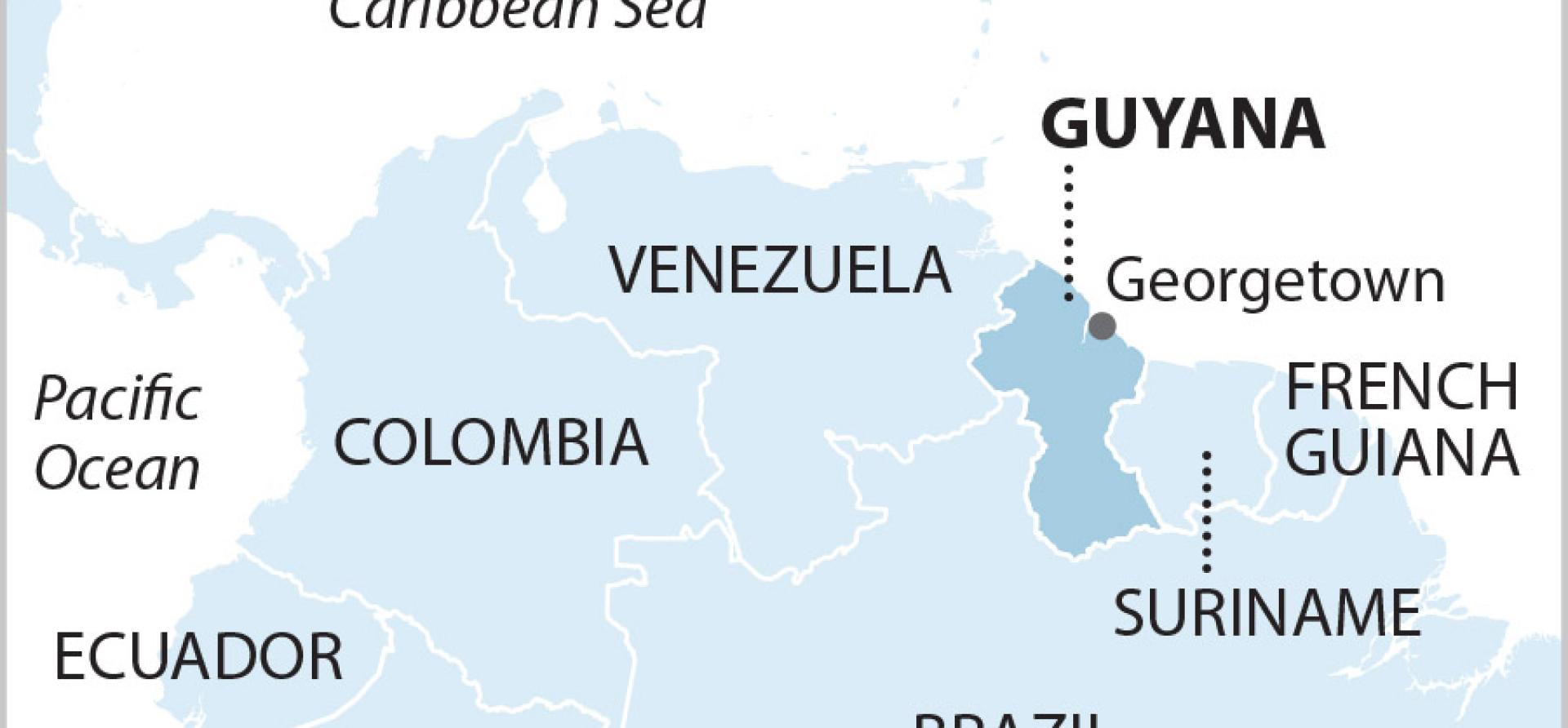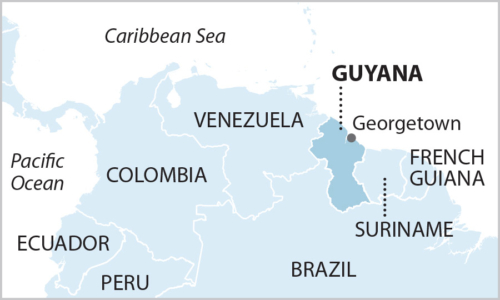IEEFA: Does Guyana pay when ExxonMobil drills a dry well?

 Various reports have surfaced that ExxonMobil’s exploration of the Tanager-1 drilling in the Kaieteur Block has discovered reserves that are not commercially viable. Exploratory wells at the Tanager site will be plugged and abandoned.
Various reports have surfaced that ExxonMobil’s exploration of the Tanager-1 drilling in the Kaieteur Block has discovered reserves that are not commercially viable. Exploratory wells at the Tanager site will be plugged and abandoned.
The Kaieteur Block is being developed under a contract with the government of Guyana and a consortium of investors led by ExxonMobil. The Stabroek Block that has received considerable attention is being developed under a separate agreement. Stabroek started producing saleable oil in December 2019. ExxonMobil is the operator of both projects.
The drilling setback raises questions regarding this project
The recent announcement that the site has not produced commercially viable oil and gas does not end the Kaieteur Block exploration. More drilling is expected, and commercially viable oil and gas is expected.
The drilling setback nevertheless raises questions regarding this project and how it will affect Guyana’s future revenue from these reserves. The business terms of the contract for Kaieteur are structured in a similar fashion to Stabroek with respect to the cost recovery and determination of profit oil and how much cash is received by Guyana.
- What is the estimated full cost of the Tanager drilling and any other costs to plug the well?
- Will 100% of the costs associated with the aborted drilling and plugging at Tanager-1 be passed along as costs to be recovered from Guyana’s oil and gas revenue? Or does ExxonMobil bear the cost of the drilling thus far? According to a 2018 financial statement from one of the partners, ExxonMobil had incurred $32 million in costs for the Stabroek.
- ExxonMobil is currently struggling financially. Revenues are very low. What are the financial controls that exist to prevent the operator from passing along the costs under the Kaieteur agreement as costs to the Liza exploration and production projects?
- Will ExxonMobil as the operator be providing a public statement that sets forth basic facts about this unsuccessful drilling project, including costs? Will it offer appropriate assurances concerning future activity?
- ExxonMobil has a superior reputation for its oil drilling expertise. Will there be a final analysis that is publicly available that explains why the drilling project was undertaken, what was anticipated, what was achieved, why the decision was made that the reserves are not commercially viable, what lessons were learned with regard to the quality of oil reserves in the Kaieteur Block generally, and what steps will be taken to ensure positive future outcomes?
The agreement at Kaieteur, like the one at Stabroek, involves carefully crafted contracts designed to provide maximum cash reimbursements to the contractor before Guyana receives its fair share of cash from the oil. How the costs are determined and how they are used to calculate cash payments to Guyana are of vital importance. What happens now, at the beginning of the contract, will set the pattern for Guyana’s claim to its fair share for years to come.
Related items:
Guyana’s Oil Deal: Promise of Quick Cash Will Leave Country Shortchanged
Leader To Laggard—ExxonMobil’s Financial Troubles Intensify
ExxonMobil’s Industry Leadership Deteriorates Under CEO Darren Woods














